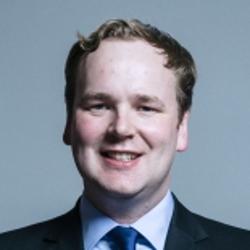Pupils: Behaviour Disorders
(asked on 11th June 2018) - View SourceQuestion to the Department for Education:
To ask the Secretary of State for Education,what estimate he has made of the cost to the public purse of alternative provision for children with behavioural conditions aged (a) 0 up to 4 years (b) 4 up to 11 years and (c) 11 to 16 years in each of the last five years.
Funding for alternative provision (AP) comes from the dedicated schools grant (DSG). Local authorities provide place funding of £10,000 for each AP place in a pupil referral unit or AP academy from their high needs budget within the DSG.
In addition, top up funding for costs in excess of the £10,000 place funding may be required depending on the needs of the individual pupil. Where the local authority is responsible for a pupil in AP, the top up funding is paid from the local authority’s high needs budget. Where a school is responsible, the top up funding is paid from the school’s delegated budget share. Local authorities can also spend their DSG on other AP services.
The following table shows how much local authorities have reported that they have spent on AP in the last three years. Comparable data for 2013-14 and 2017-18, data on how much schools have spent on AP, and data held by age or need are not available. The figures below reflect the amount local authorities have chosen to spend on AP specifically, from their high needs budgets. Overall high needs funding has increased from £5 billion in 2013-14 to a record high of £6 billion this year, giving every local authority a cash increase in funding.
Financial Year | AP Expenditure |
2014-15 | £627,847,551 |
2015-16 | £616,523,970 |
2016-17 | £648,593,976 |

